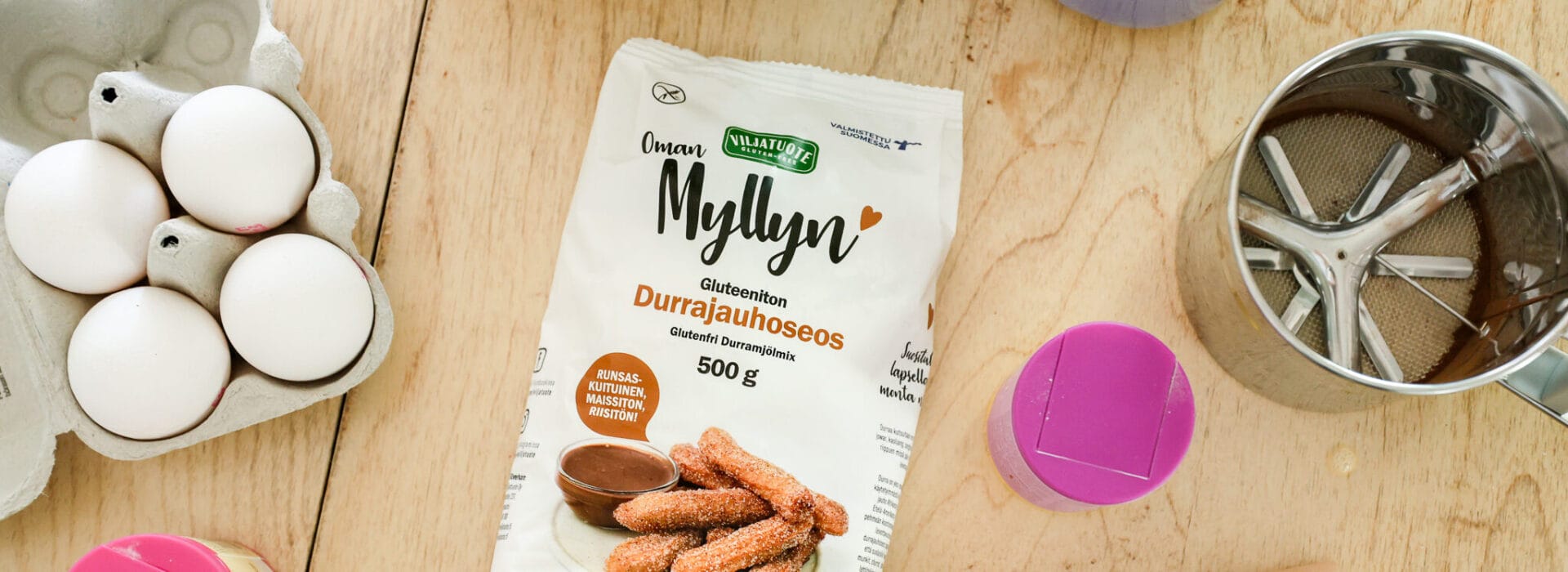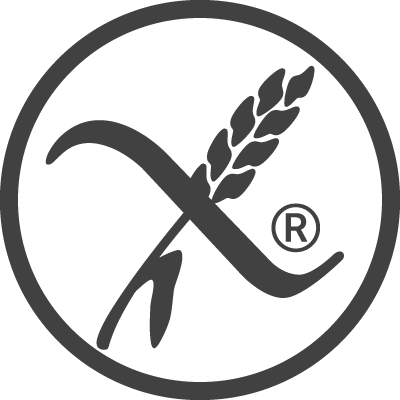Durra - Gluten Free, Versatile Flour Option

Durra - a versatile gluten-free option
What do you know about sorghum other than that it's suitable for gluten-free baking? This versatile grain is one of the five most widely used cereals in the world and is particularly popular in Africa, India and South America.
But what makes sorghum so special? This article gives you a comprehensive overview of the benefits of sorghum, how to use it and why it should be part of every gluten-free baker's kitchen. You'll also get tips from a grain expert on how to use sorghum.
Baking properties and baking >>
Tips forsuccess >>
What doI use sorghum flour or flour mix for? >>
Introducing wholemeal sorghum flour >>
Unique sorghum flour blend >>
Many good reasons to choose a sorghum flour blend >>
Try it and love it >>
15 questions - Cereal product expert answers
Sustainable and environmentally friendly cultivation of sorghum
Durra is a true survivor. It thrives in dry and hot conditions, making it a sustainable crop option in the face of climate change. If the world needs a climate-resistant grain, sorghum is a strong candidate. At Virtasalmi Cereal Products, we want to be part of bringing this versatile and ecological cereal into the diets of more and more of our customers.
Gluten-free sorghum is also suitable for many allergy sufferers
Baking gluten-free can seem like a mystery, at least for beginners, but sorghum makes it a whole lot easier! Durra flour is gluten-free and therefore suitable for people with coeliac disease and gluten sensitivity. It can also be a lifesaver for those who get symptoms from domestic grains such as wheat, barley, rye and oats.
However, please note that sorghum is closely related to millet, so if you have a millet allergy please discuss with your doctor whether you can try durra. Durra is high in fibre (6-8%) and is therefore a good supplement to meet your daily fibre requirements. Durra is therefore a popular and suitable option for many people with digestive and stomach problems.
About the features and use of Durra
Tips for starting a gluten-free life
Getting used to a new diet can take time: don't be discouraged if you make mistakes in gluten-free cooking or baking. Learning is part of the process.
Plan your meals in advance: this will help you avoid temptations to gluten-containing foods. Find gluten-free recipes from your favourite restaurants.
Keep gluten-free snacks to hand: this way you always have something to eat when you get hungry.
Ask and make sure the dishes are gluten-free: when dining out, ask if they offer gluten-free options.
Store food and ingredients correctly: make sure that gluten-free and gluten-containing foods never touch. If necessary, use different utensils and accessories, such as cutting boards, rolling pins and pans, only for gluten-free baking and cooking.
For more information on gluten-free diets, please see the following sources we use:
- Coeliac Society: gluten-free diet
- Duodecim Health Library: Nutritional management of irritable bowel syndrome
- The website of the Disadvantaged Group helenakemppainen.com
- Pirkanmaa Allergy and Asthma Association's online service for people with special diets Erimenu.fi

Other related articles
Athlete's gluten-free diet
How to succeed in gluten-free baking
Enjoy gluten-free everyday life and celebrations
Share the article